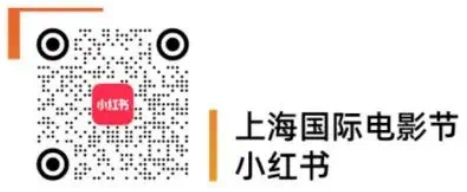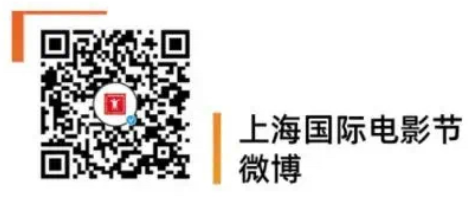Animators transcend style boundaries in competing for Golden Goblet honours
The Golden Goblet Awards Animation Competition continues its mission to spotlight exceptional animated films from around the world at Shanghai International Film Festival.
This year, five diverse and innovative films have been shortlisted, showcasing an impressive range of styles, techniques, and themes that transcend age and borders.
At a press conference held during the festival, directors and creative teams from the nominated films gathered to share their insights and inspirations.
Among the featured films were “Magic Beach” by Australian director Robert Connolly, “Make a Girl” by Japanese director Gensho Yasuda, “Tom & Jerry: Forbidden Compass” by Chinese director Zhang Gang, and “Edge of Time”, a collaborative effort by four directors, including Shanghai-born filmmaker Li Wei.
From Fairy Tales to Imagination
Robert Connolly, returning to Shanghai two decades after his first visit, shared his excitement: “It’s a joy to be back with ‘Magic Beach,’ which adapts a beloved Australian children’s book using a mix of live-action and animation. We wanted children to see their imagination come alive on screen.”
Connolly noted that each segment of ‘Magic Beach’ was created in a different animation style—puppetry, water colour, coloured pencil—reflecting the varied interests of real children.
He also collaborated with a child psychologist to better understand and portray youthful imagination. “Children believe anything is possible. We wanted adults to remember that feeling, too.”
When AI Meets Emotion
Gensho Yasuda’s “Make a Girl” explores the emotional entanglement between a human and a humanoid AI named “No. 0”. Adapted from Yasuda’s own light novel, the film delves into the ethical dilemmas of synthetic emotion and human affection.
“’No. 0’ was designed to follow robotic ethics, but she gradually developed emotional conflicts,” Yasuda explained. “This raises questions we can’t yet answer—how do we define love when one party is artificial?”
The film was also a community effort, crowdfunded by over six million global fans.
“I didn’t initially plan for crowdfunding, but we encountered production challenges that made it necessary. I’m truly grateful for the support, and I hope the film gives something meaningful back to our fans.”
A Classic Duo Reimagined
Director Zhang Gang introduced “Tom & Jerry: Forbidden Compass,” the first fully animated, theatrical feature of the iconic franchise—and the first Tom and Jerry film co-directed by a Chinese team.
In this East-meets-West fantasy, Tom and Jerry find themselves in ancient China, mistakenly identified as deities by a group of humorous rooftop guardian beasts.
“The story is a collision of cultures, but also of animation styles,” said Zhang. “We retained the slapstick charm of the originals while integrating traditional Chinese comedic elements and design aesthetics.”
Zhang emphasized the cultural symbolism, noting the film’s inclusion of Chinese culinary delights, Peking Opera, and mythical rooftop creatures. “This film is not just about laughter, but about cultural expression. It’s also a dream come true to direct a global IP and bring a Chinese voice to its storytelling.”
Collaborative Journey Through Time
“Edge of Time,” co-directed by Li Wei, Weng Ming, and two Japanese directors, is a four-part anthology that spans multiple dimensions of time, space, and human emotion. Each segment uses a different animation technique, ranging from 2D to 3D.
“This film is about human connections in the face of destruction and rebirth,” said Li Wei. “Our stories converge around the themes of memory, loss, and hope. My own segment is deeply personal—a return to my hometown of Shanghai, a reflection on the past, and a conversation with the version of myself I’ve left behind.”
Li noted the challenge of stylistic cohesion across four different artistic visions but also praised the collaboration: “Our diverse perspectives became our strength. We weren’t just creating stories; we were sharing parts of ourselves.”







